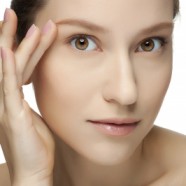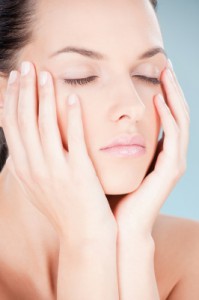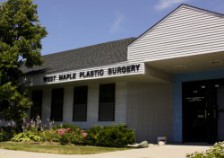
Laser resurfacing is a cosmetic surgical procedure that involves the application of lasers to create a smoother, more even skin surface and complexion. It’s often combined with other procedures, such as liposuction or browlifts, to tighten the skin and promote a higher level of aesthetics. Whether you’re looking to treat problematic areas on your skin, or if you simply want to create a more vibrant and youthful appearance, you can’t go wrong with laser resurfacing.
Conditions That Skin Resurfacing Treats
There are a wide variety of skin conditions that can be successfully treated using laser resurfacing, such as wrinkles, sun spots, sun damage, acne “icepick” scars, post-surgery scars, stretch marks, keratosis, telangiectasias, and more. If a client is experiencing any non-threatening cosmetic skin condition, it can usually be treated through laser resurfacing. Of course, you’ll want to talk with your cosmetic surgeon to determine whether or not you are a viable candidate for this procedure.
How Skin Resurfacing Works
Laser resurfacing lives up to its namesake by using advanced lasers to smooth and resurface the skin. According to some reports, the procedure was first performed using a CO2 laser, but there are now several different options available for cosmetic surgeons and their patients. This includes Er:Yag, Er: Glass, Nd:Yag and Diode, each of which has its own unique purpose and characteristics.
 Laser skin resurfacing is typically performed with either a Er:YAG laser or a CO2 laser. The Er:YAG laser operates at a wavelength of 2940 nm and is frequently used to treat scars and photoaging, whereas the CO2 laser operates at a wavelength of 10,600 nm and is commonly used to treat rhytides and photodamage. Er: Glass operates at a lower wavelength of just 1540 nm and is used to trat scaring as well as a general skin rejuvenation; Nd:Yag operates at either 1064 or 1320 nm and is used to treat photodamage; and Diode operates at 1450 nm and is used primarily for facial rejuvenation.
Laser skin resurfacing is typically performed with either a Er:YAG laser or a CO2 laser. The Er:YAG laser operates at a wavelength of 2940 nm and is frequently used to treat scars and photoaging, whereas the CO2 laser operates at a wavelength of 10,600 nm and is commonly used to treat rhytides and photodamage. Er: Glass operates at a lower wavelength of just 1540 nm and is used to trat scaring as well as a general skin rejuvenation; Nd:Yag operates at either 1064 or 1320 nm and is used to treat photodamage; and Diode operates at 1450 nm and is used primarily for facial rejuvenation.
There are generally two types of laser skin resurfacing techniques: ablative and non-ablative. Ablative is a more invasive procedure that vaporizers the top layer of skin. The recovery time for such procedures is a bit longer, but ablative resurfacing is able to treat problematic areas of the skin. Non-ablative, on the other hand, keeps the skin intact throughout the procedure.
Of course, there are other skin resurfacing techniques available as well, which do not rely on the use of lasers. This includes chemical rejuvenation using chemical peels, thermal rejuvenation with a radio frequency device, photo rejuvenation with lamps, mechanical rejuvenation with dermabrasion, and injections of botox, fillers and/or collagen.


